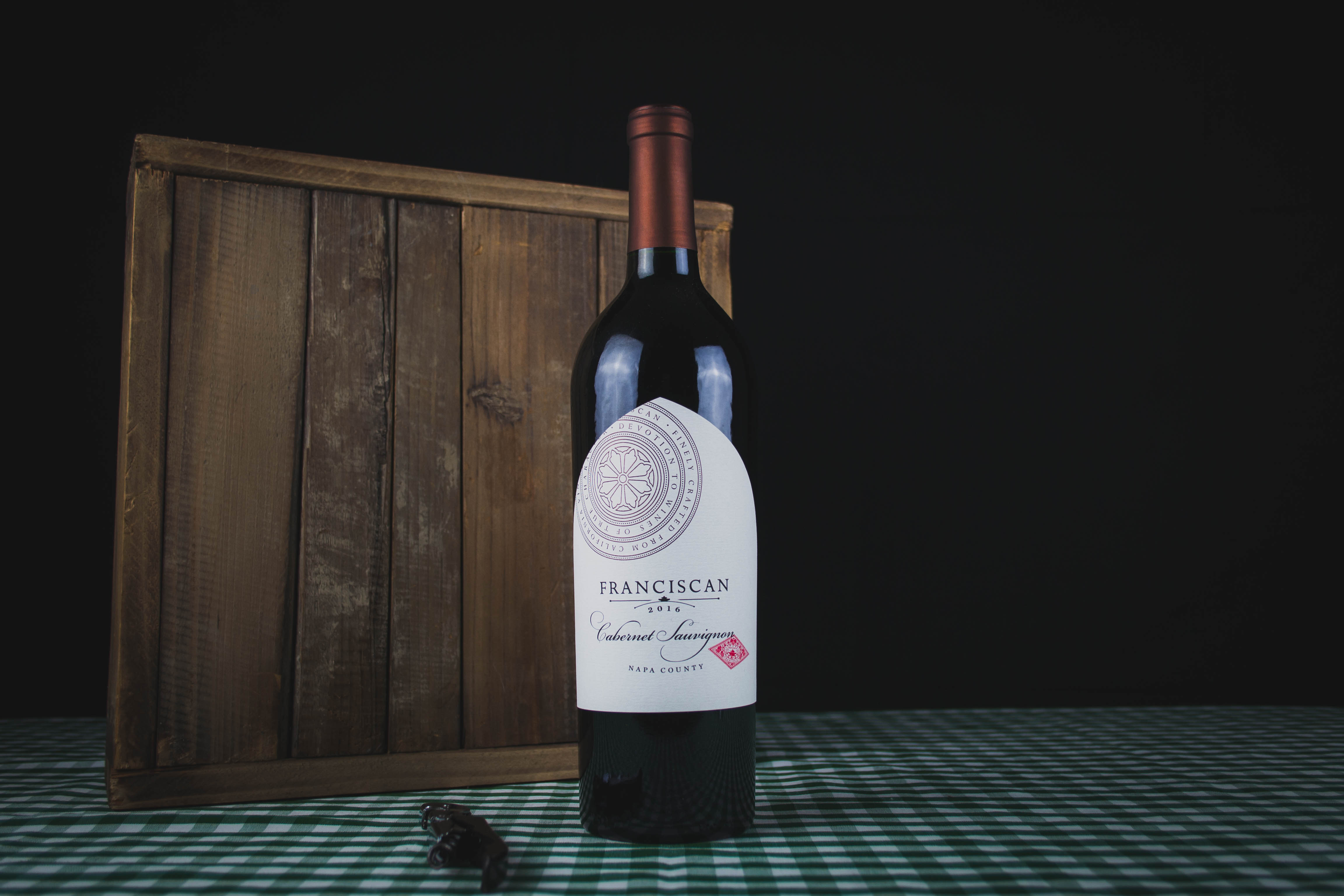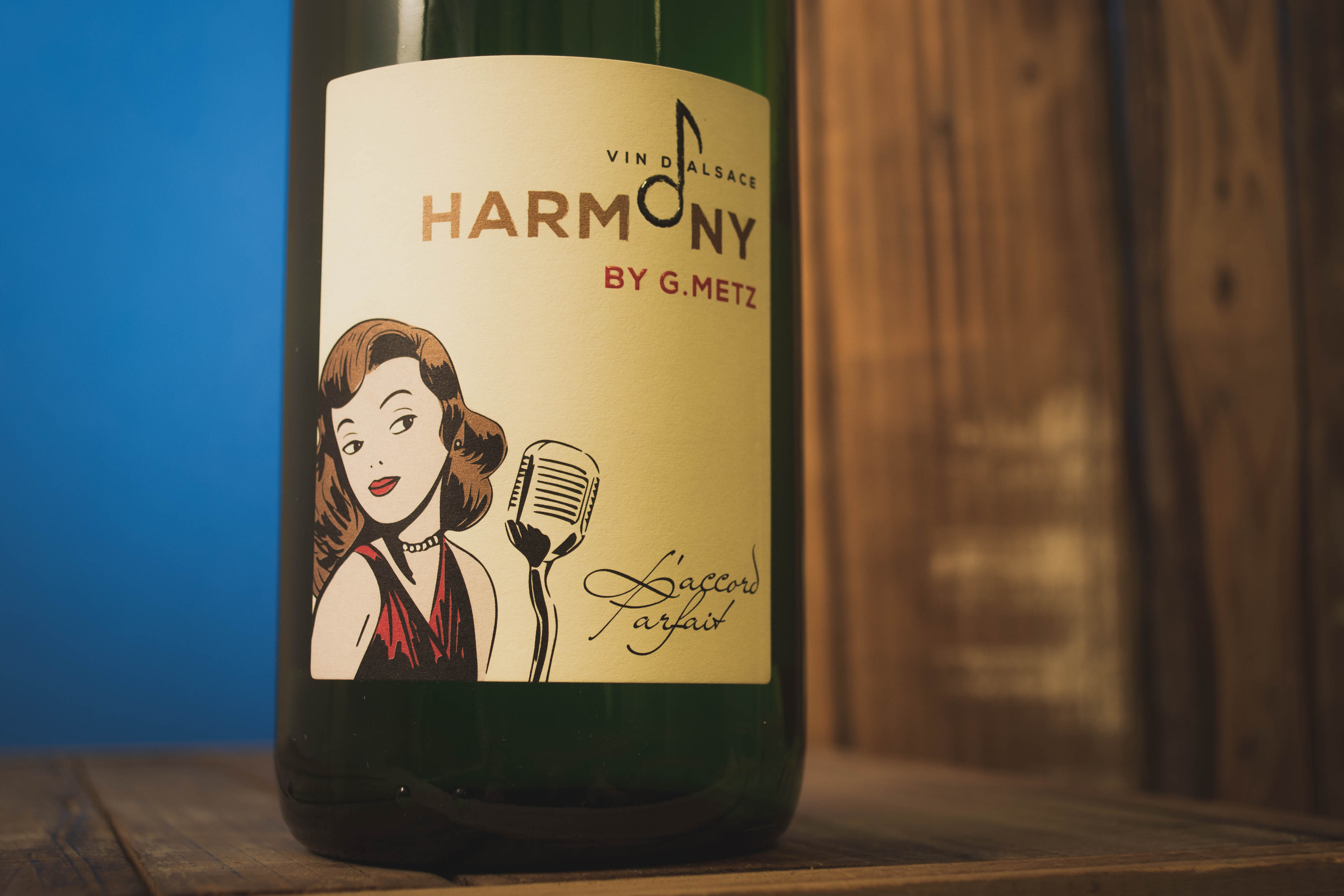I’m home from the first day of class for my next level of WSET certification. The course is 6 classes, running on Saturday and Sunday, 8 hours a day, for 3 weeks. The test, scheduled at the end of the final Sunday, comes in 2 parts 1) blind tasting and 2) theory, in the form of multiple choice and short answer. I’ve met more than one person who passed the tasting and failed the theory portions of the test. I’m honestly nervous about both parts.
From what everyone tells me, the tasting portion isn’t so bad, but when I’m comparing my notes to the rest of the class I always feel like I’m off the mark. The way it works is you first check the wine’s color, looking for age or defect. Next you smell the wine, noting intensity and characteristics of the aroma to determine wine’s stage of development. From there you taste, looking for sweetness, acidity, body, tannin, alcohol, flavor intensity and characteristics, noting primary, secondary, and tertiary flavors, and measure how long the finish is. From all of that you determine the quality of the wine and if it’s better to drink it now or let it age.

All of that is pretty similar to the WSET 2, but now there’s another layer of complexity where I’m supposed to determine winemaking processes, like whether oak or inert vessels were used, which doesn’t seem so hard, or whether the grapes were hand or machine harvested, which feels like I might as well be consulting the bones or movement of stars across the night sky; I can’t help but feel that part of this is just speculation and I’ve having a hell of a time wrapping my mind around it.
I’m not handling it well. Even when my tasting notes are somewhat accurate (compared to the instructor), I know I’m stabbing in the dark with some of my descriptions, so it’s a hollow win. By mid-afternoon I was going through some pretty serious palate fatigue, and started getting really frustrated, angry even. At one point they set two tastings in front of us and asked for notes, I had barely started on the second glass when they called time. Even when I am getting somewhat complete notes, I’m struggling to connect the processes.
Maybe things will be better tomorrow, but I left feeling pretty defeated today and I’m already wondering how much it will cost to reseat the test later.

I stopped off for a bottle of wine on the way home, to get some practice making notes and, honestly, because I felt like I wanted a drink. It was easier to go through the tasting guide here in apartment, so I know part of the issue I’m having is anxiety.
Usually I go into a wine shop looking for something I’ve never tried, but today I wanted to get something familiar. For the next three weeks I really need to be focusing on dominant grapes from well-known regions. It’s unlikely I’ll going to be tested on Fetească Neagră or wines from the He Lan Mountain region of China, so for tonight I went with a classic, California Cabernet Sauvignon. This particular wine comes from Francicsan and was suggested by the friendly staff at Binny’s.
This comes to us from Napa County, not to be mistaken for Napa Valley, and is actually a blend of Cabernet Sauvignon, Merlot, Malbec, and Petit Verdot. Not quite what I was looking for, but a nice wine nonetheless. So, since I’ve been sitting in a classroom all day, I’ll try to write this as a WSET 3 tasting note for the sake of practice and to try to give a frame of reference.

Color: Clear, deep ruby.
Aroma: Clean, medium (-) intensity, black currant, black cherry, and clove. Still developing character.
Palate: Dry, high acid, high tannin, high alcohol, full-bodied, medium(+) intensity, black cherry, black currant, toast, clove, oak, vegetal, ginger. Long finish. Very good quality. Can enjoy now, but has aging potential.
Winemaking notes: oak vessel, machine harvest, warm region, I also speculated that there may be some whole clusters used in the fermentation process based on how fruit forward the wine is. This is a section I definitely need to improve on. As the class continues I will probably be making more frequent updates in order to practice this new method for tasting notes, and to document my thoughts as I go.

I’ll try to write another update tomorrow after class. By Monday I’m going to be ready to go back to work, just to get away from all this test anxiety and stress. Who knew drinking wine could be this hard?




